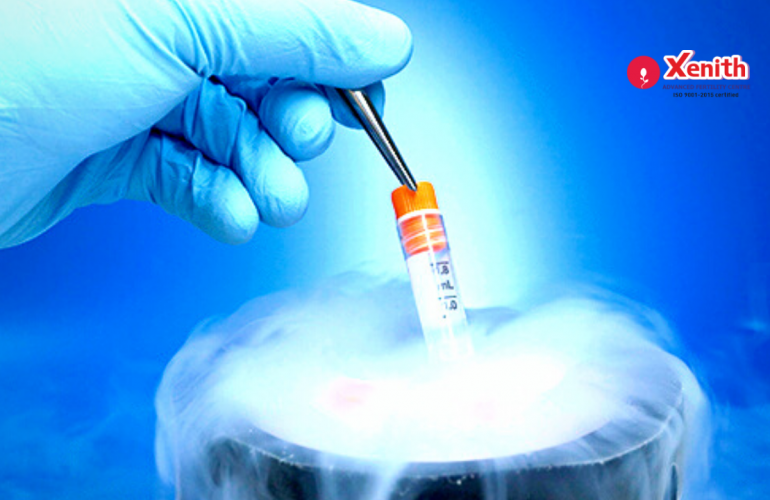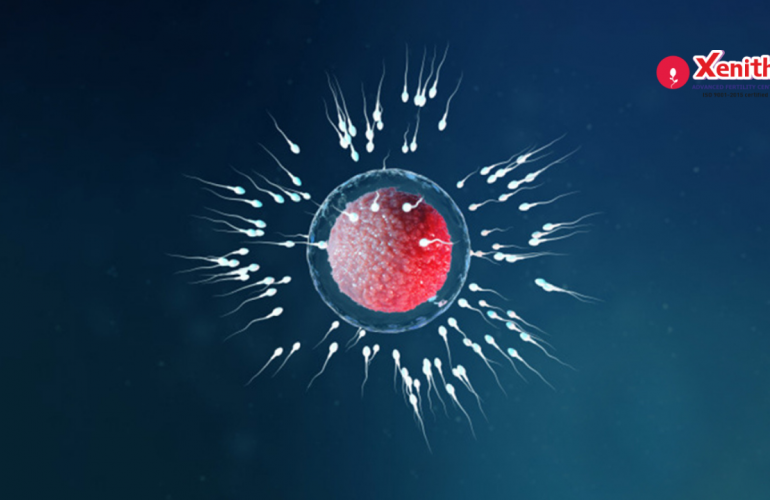If you’ve ever felt overwhelmed by headlines warning that everything around you—from your shampoo to your cookware—might be harming your fertility, you’re not alone. It’s easy to feel anxious and confused when the internet seems full of conflicting advice. One blog says to toss every plastic container, another insists you need a “fertility detox” kit. Meanwhile, you just want to feel like you’re doing the right thing for your body and your future.
Here’s the truth: toxins are part of modern life, but you don’t need to live in fear or guilt. The goal isn’t to eliminate every chemical—that’s impossible—but to make informed, low-stress changes that genuinely support your health and fertility.
This guide isn’t another alarmist list. It’s a calm, practical roadmap to help you make smart, sustainable swaps that can reduce your toxic load and create a more fertility-friendly environment—without turning your life upside down.
Understanding the “Why”: How Everyday Chemicals Can Influence Hormones
Let’s start with the basics. Many of the substances we come into contact with daily—through our food, cosmetics, and cleaning products—contain Endocrine-Disrupting Chemicals (EDCs). These are chemicals that can interfere with your body’s hormonal system.
Think of your hormones as keys designed to fit perfectly into locks (your body’s hormone receptors). Now imagine that EDCs are “copycat keys.” They can slip into the same locks, either blocking your natural hormones from doing their job or activating the wrong signals at the wrong times.

For women, this can mean disrupted cycles, imbalanced estrogen and progesterone levels, and even reduced egg quality over time. EDCs don’t cause infertility overnight, but they can subtly affect the environment in which your reproductive system functions. Understanding this connection empowers you to make choices that truly support your hormonal health.
Your Room-by-Room Action Plan for a Fertility-Friendly Home
You don’t have to overhaul your entire home in a day. Start where you are, take one step at a time, and celebrate every positive change. Here’s how to make meaningful progress—room by room.
The Kitchen: Your Highest-Impact Area
The Plastic Problem (BPA & Phthalates)
- The Concern: Chemicals like BPA and phthalates can leach from plastic containers and bottles into your food, especially when exposed to heat. These compounds can mimic estrogen, potentially disrupting hormone balance.
- The Simple Swap: Switch to glass or stainless steel containers and water bottles.
- Pro-Tip:Never microwave food in plastic containers. Transfer it to a ceramic or glass dish first.
The Cookware Concern (PFAS Chemicals)
- The Concern: Scratched non-stick pans may release PFAS—sometimes called “forever chemicals”—which can build up in the body and affect fertility hormones.
- The Simple Swap: Replace old non-stick pans with cast iron, stainless steel, or ceramic cookware.
- Pro-Tip: A well-seasoned cast iron pan is naturally non-stick and lasts for decades—your future self will thank you.

The Bathroom: Cleaning Up Your Personal Care
The “Fragrance” Factor (Phthalates)
- The Concern: The word “fragrance” or “parfum” on a label can hide dozens of chemicals, including phthalates, which may act as hormone disruptors.
- The Simple Swap: Choose products labeled “fragrance-free” or scented with natural essential oils.
- Pro-Tip:Start with your daily lotion, shampoo, and conditioner—they cover a large surface area and are the easiest wins.

The Preservative Problem (Parabens)
- The Concern: Parabens, common preservatives in makeup and skincare, can mimic estrogen and interfere with hormone signaling.
- The Simple Swap: Look for “paraben-free” labels when you replace your makeup, moisturizers, or face wash.
- Pro-Tip:No need to toss everything right now. As you finish one product, replace it with a cleaner version. Progress, not perfection.

Your Living Space: The Air You Breathe & Surfaces You Touch
The Indoor Air Issue (VOCs)
- The Concern: Synthetic air fresheners, plug-ins, and some cleaning sprays release Volatile Organic Compounds (VOCs) that can irritate your respiratory system and affect hormone balance.
- The Simple Swap: Open windows for 10–15 minutes daily, use a HEPA air purifier, or switch to beeswax candles and essential oil diffusers.
- Pro-Tip:Houseplants are natural air purifiers—snake plants and spider plants are great low-maintenance options.
Conclusion: Progress, Not Perfection on Your Fertility Journey
Remember, the goal isn’t to live in a bubble or fear every product you touch—it’s to lighten your toxic load, step by step. Every small change—whether it’s switching your water bottle, opening your windows, or choosing a paraben-free moisturizer—helps your body function more smoothly and your hormones stay balanced.
You are in control of your environment, and your choices truly matter. By creating a low-tox lifestyle, you’re not only supporting your fertility but also nurturing your long-term health and well-being.
FAQs
No, you really don’t. Your body already has incredible detox systems—the liver, kidneys, and skin all work daily to process and eliminate toxins. The best way to support them is through hydration, fiber-rich foods (like fruits, vegetables, and whole grains), and regular movement. Focus on reducing your incoming toxin load instead of chasing pricey kits or cleanses.
If this all feels overwhelming, start with the “big three”:
1. BPA – commonly found in plastics and can linings.
2. Phthalates – often hidden in “fragrance” on product labels.
3. Parabens – preservatives in many personal care products.
Addressing these first gives you the biggest benefit with the least stress.
Yes, some conventional cleaners contain chemicals that can irritate your lungs or disrupt hormones. Luckily, you can clean most surfaces with a simple DIY solution: mix equal parts vinegar and water, add a few drops of essential oil for scent, and use it on countertops and glass. It’s cheap, effective, and toxin-free.
Frame it as a team effort for overall wellness, not just a fertility project. Start with small, shared changes—like replacing plastic water bottles with stainless steel or swapping your cookware. When your partner sees how easy (and beneficial) these shifts can be, they’re more likely to join in.




